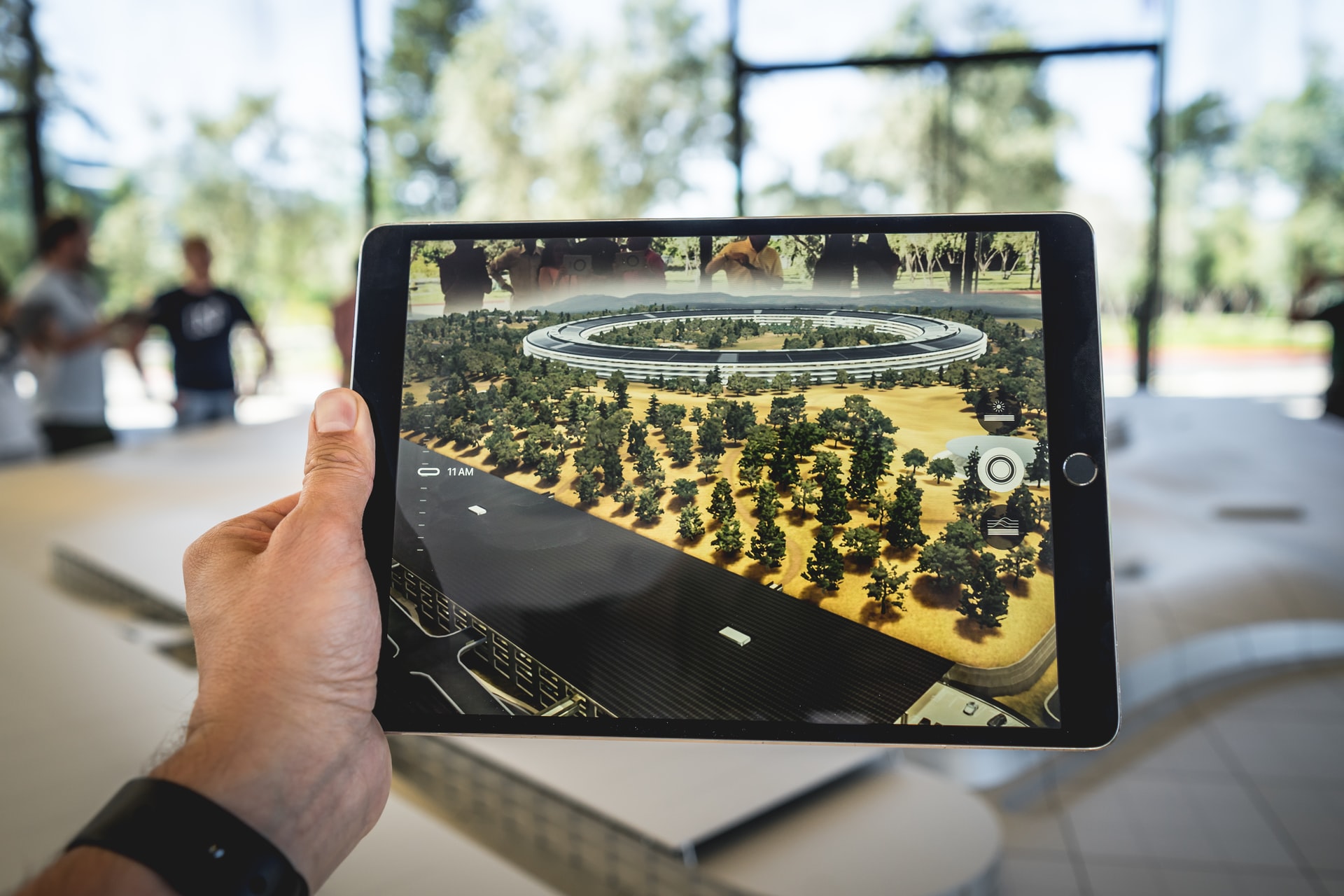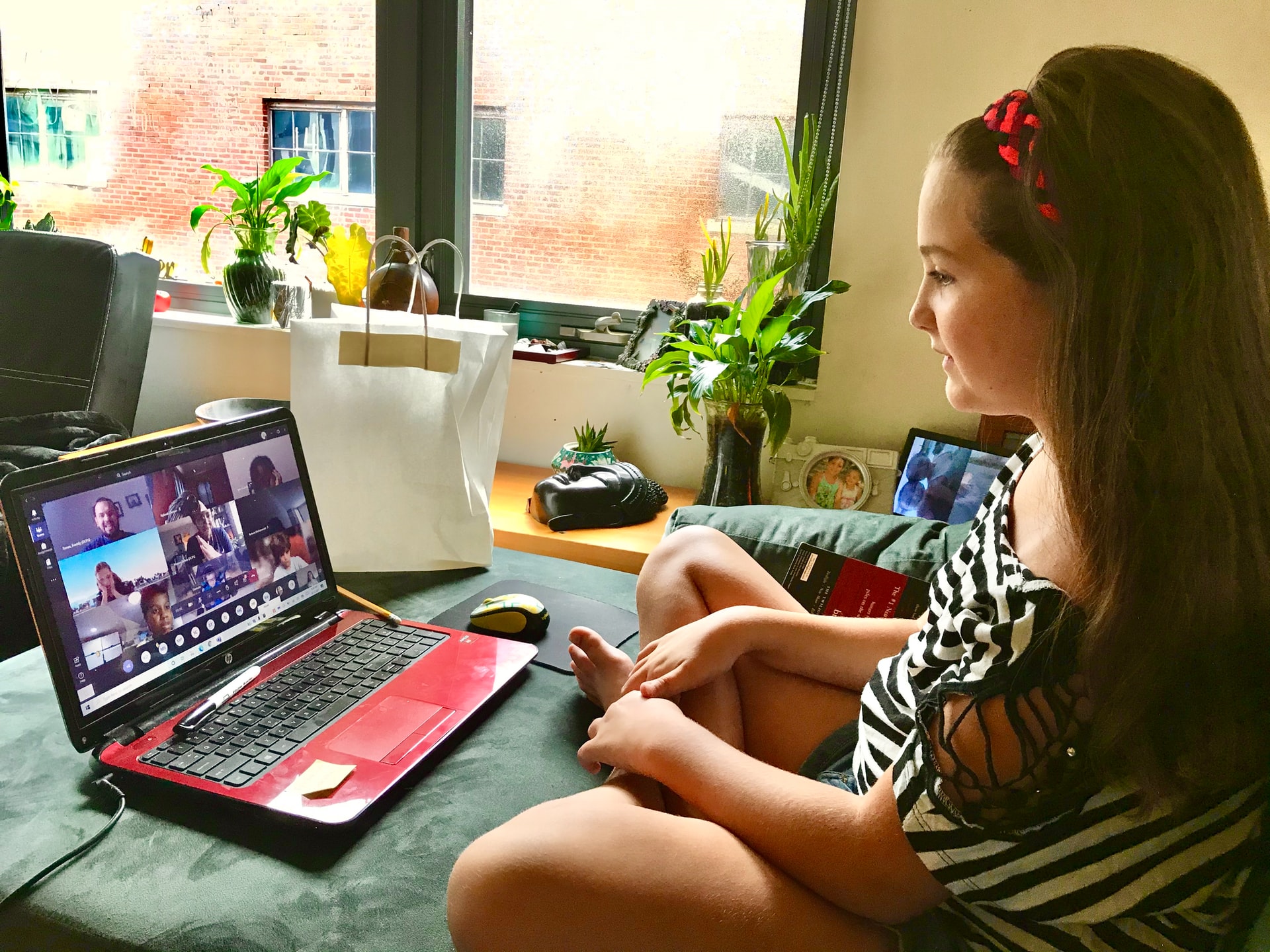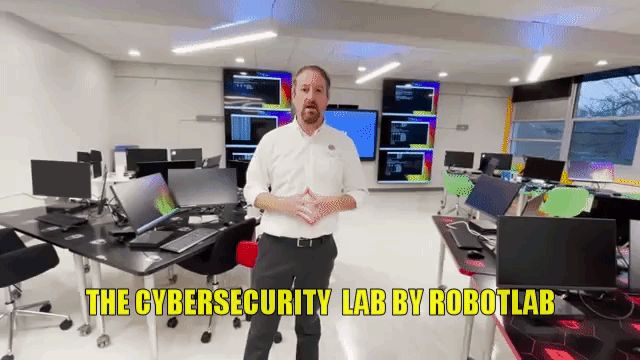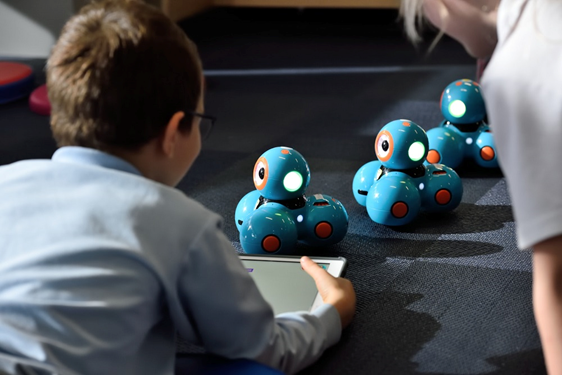Ways Big Data Is Transforming the Education Sector
By Daniel Wanderson
 Photo by Lukas Blazek on Unsplash
Photo by Lukas Blazek on Unsplash
When it comes to big data, most people assume it works only for businesses. But big data is equally beneficial to the education section in so many ways. It offers educational institutions and educators opportunities to educate students in new ways.
With big data, schools and teachers get better insight into students’ education experiences. It also makes it easy to understand the state of the education sector amid other benefits. This article takes an in-depth look at the ways big data is transforming the education sector.
- 0 Comments
- Apr 28, 2021 10:00:00 AM
- Posted by Natalia Galvis
- Topics: Math, Math Book, EdTech, STEM, Curriculum, teachers, students, Technology, VR, Realidad Virtual, AR, Edchat, Gendergap, Digital Technology, Augmented Reality, teaching, online, Virtual Reality, virtual learning, lessons
How To Integrate Virtual Tours To Your Online Lessons
By Theresa Cofield
 Photo by Scott Webb on Unsplash
Photo by Scott Webb on Unsplash
Online education is the new challenge of the modern world. How can teachers keep students interested in lessons and the material? Virtual tours are the new ad effective way to provide it.
- 0 Comments
- Apr 27, 2021 10:00:00 AM
- Posted by Natalia Galvis
- Topics: Math, Math Book, EdTech, STEM, Curriculum, teachers, students, Technology, VR, Realidad Virtual, AR, Edchat, Gendergap, Digital Technology, Augmented Reality, teaching, online, Virtual Reality, virtual learning, lessons
Breakout rooms in remote learning: best practices and tips
 Photo by Annie Spratt on Unsplash
Photo by Annie Spratt on Unsplash
The massive shift to virtual learning has surely changed the way educators teach, but also the way students interact in the classroom. After going through several approaches to keep your class engaged, from gamification to flipped learning, let’s take a look at the best practices and tips to get the most out of breakout rooms in remote learning.
- 0 Comments
- Apr 26, 2021 10:00:00 AM
- Posted by Natalia Galvis
- Topics: Math, Math Book, EdTech, STEM, Curriculum, teachers, students, Technology, VR, Realidad Virtual, AR, Edchat, Gendergap, Digital Technology, Augmented Reality, teaching, online, Virtual Reality, virtual learning, lessons
Creating Opportunities for Project-Based Learning in Math
 Photo by Antoine Dautry on Unsplash
Photo by Antoine Dautry on Unsplash
Rigorous PBL units in middle and high school math answer the age-old student question: “When am I ever going to need this?”
Taking the plunge into project-based learning can seem difficult in an age when standardized testing seems to reign supreme as an indicator of achievement in secondary classrooms. But the pathway to project-based learning doesn’t have to be scary for secondary math teachers. Utilizing your own expertise and curriculum materials, you can create projects that are real, relevant, and rigorous, and that answers the age-old question, “When am I ever going to need this?”
- 0 Comments
- Apr 23, 2021 10:00:00 AM
- Posted by Natalia Galvis
- Topics: Math, Math Book, EdTech, STEM, Curriculum, teachers, students, Technology, VR, Realidad Virtual, AR, Edchat, Gendergap, Digital Technology, Augmented Reality, teaching, online, Virtual Reality, virtual learning, lessons
From classroom to boardroom: Building diverse workforce tech talent starts with STEM
By Danielle Rourke & Dr. Kendall Latham
 Photo by Blaire Harmon on Unsplash
Photo by Blaire Harmon on Unsplash
Encouraging more girls to pursue STEM learning and work in STEM fields should start in the early grades.
- 0 Comments
- Apr 22, 2021 10:00:00 AM
- Posted by Natalia Galvis
- Topics: Math, Math Book, EdTech, STEM, Curriculum, teachers, students, Technology, VR, Realidad Virtual, AR, Edchat, Gendergap, Digital Technology, Augmented Reality, teaching, online, Virtual Reality, virtual learning, lessons
Benefits Of Virtual And Augmented Reality For Pre School Education
By Eric Brown

Photo by Patrick Schneider on Unsplash
The new technology has brought a lot of developments in the world. One of the developments is the use of virtual reality and augmented reality. Virtual reality is a computer-generated environment with scenes that makes users feel immersed in that surrounding. One of the perfect examples of Virtual reality is video games. Virtual video games have made CSGO betting for example, even more, popular and fun.
Physical learning is an effective way for young children to get knowledge. However, technology also plays a significant role in the development of young children. Virtual reality can alter behaviors, patterns, attitudes, and thoughts.
Virtual reality prepares children for a world that will be dominated by robots and AI. They will have the required experience to handle the technology that will come their way. Moreover, virtual reality also plays a role in enhancing the lives of children with special needs. It helps them gain the experience they need to know how to operate robots and other technology tools.
- 0 Comments
- Apr 21, 2021 10:00:00 AM
- Posted by Natalia Galvis
- Topics: Math, Math Book, EdTech, STEM, Curriculum, teachers, students, Technology, VR, Realidad Virtual, AR, Edchat, Gendergap, Digital Technology, Augmented Reality, teaching, online, Virtual Reality, virtual learning, lessons
Top Distance Learning Trends: Which Technologies are The Most Popular?
By Karl Murphy
 Photo by Maria Thalassinou on Unsplash
Photo by Maria Thalassinou on Unsplash
Online education is the no hao of the XXI century. Covid-19 has increased the popularity of online learning and teaching. How can teachers and educators overcome the changes using the modern learning trends?
- 0 Comments
- Apr 20, 2021 10:00:00 AM
- Posted by Natalia Galvis
- Topics: Math, Math Book, EdTech, STEM, Curriculum, teachers, students, Technology, VR, Realidad Virtual, AR, Edchat, Gendergap, Digital Technology, Augmented Reality, teaching, online, Virtual Reality, virtual learning, lessons
6 Ways to Encourage Learning Success in Virtual Classrooms
By Devin Partida
 Photo by Chris Montgomery on Unsplash
Photo by Chris Montgomery on Unsplash
Educators strive to make learning fun and interactive, but the pandemic made that more challenging. Instead of bonding with students in person and creating group activities, teachers have to think outside the box to keep young people interested in heavy material. Here are six ways to encourage learning success in virtual classrooms that focus on STEM subjects.
- 0 Comments
- Apr 19, 2021 10:00:00 AM
- Posted by Natalia Galvis
- Topics: Robotics, About the Robots, EdTech, STEM, Curriculum, teachers, students, Technology, Edchat, Digital Technology, teaching, online, virtual learning, lessons, eLearning, Automation
The cybersecurity lab by RobotLAB at Northeast Guilford High School
Hello everyone, my name is Elad Inbar, CEO of RobotLAB. Today I'd like to invite you to the cybersecurity Lab that we built for Guilford County school in North Carolina

- 0 Comments
- Feb 23, 2021 4:00:00 PM
- Posted by Natalia Galvis
- Topics: Math, Math Book, EdTech, STEM, Curriculum, teachers, students, Technology, Makerspace, VR, Realidad Virtual, AR, Edchat, Gendergap, Digital Technology, Augmented Reality, teaching, online, Virtual Reality, virtual learning, lessons
How Young Kids Learn with Robots.
By Xavier James
 Image source: https://unsplash.com/photos/rSdkzkfvqlY
Image source: https://unsplash.com/photos/rSdkzkfvqlY
Even though the technology is becoming increasingly important in the four walls of the classroom, students often tend to shy away from learning the basics. The apparent complexity of structures and the subject itself seems to overwhelm their learning instincts.
However, as responsible leads of today, it is our responsibility to convey the advanced technological knowledge to younger ones. But, of course, that wouldn't be possible until we realize the true impact of this knowledge upon kids.
For this very reason, this post aims to help you get acquainted with how exactly and what exactly young kids learn with robots. Let's get straight into it.
- 0 Comments
- Feb 23, 2021 10:00:00 AM
- Posted by Natalia Galvis
- Topics: Math, Math Book, EdTech, STEM, Curriculum, teachers, students, Technology, Makerspace, VR, Realidad Virtual, AR, Edchat, Gendergap, Digital Technology, Augmented Reality, teaching, online, Virtual Reality, virtual learning, lessons
Relevant Posts
Popular Posts
Subscribe to Email Updates
-
I Want To Learn MoreADDITIONAL INFORMATION


